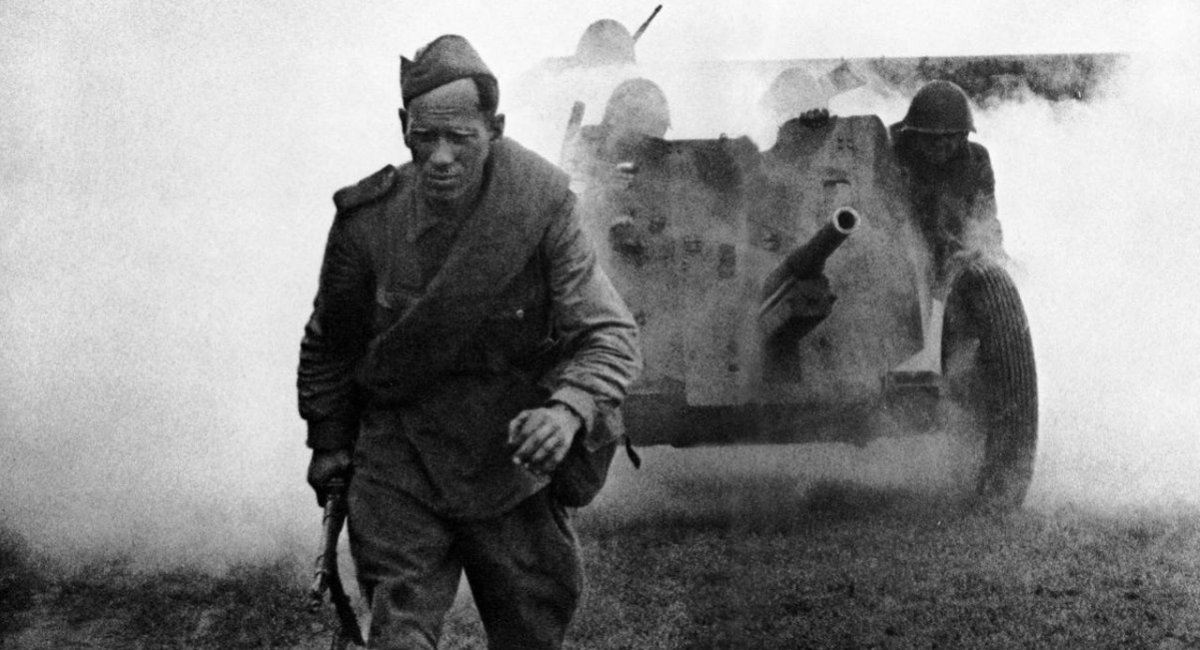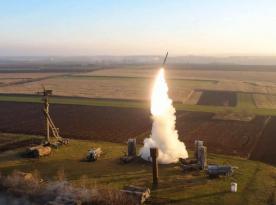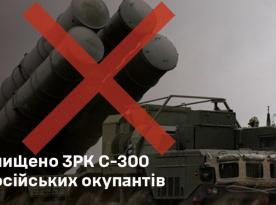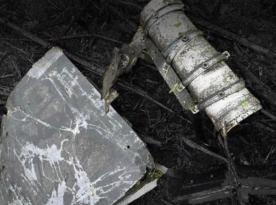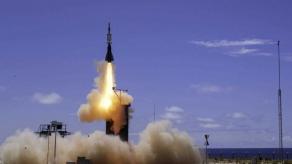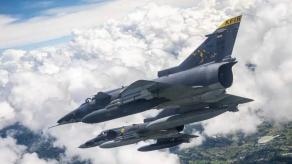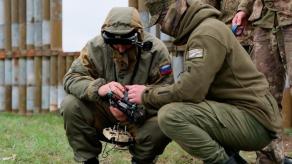At present, there is a certain mandrous insecurity in russia in front of Western armored vehicles, namely the Leopard 2 tanks, which are already in Ukraine, and the Abrams, which will arrive a little later.
Against this background, local propagandists released a special program where they said that "everything is under control" and "there is no reason to panic." They also demonstrated that they plan to repulse the attack of tanks with rifle and machine gun fire on sighting devices, masterful shooting with RPG-7 when it is necessary to simultaneously hit the same area on the tank.
Read more: Russians Are Still Afraid of HIMARS, Although They "Destroy" Them In the Third Or Fourth Round

Defense Express has already analyzed this video in detail about the training of the so-called "Leopard hunters". But in this situation, it is more interesting that the leitmotif of russian media became the traditional "grandfathers fought", which was maximally distorted. In particular, all the talk about small-arms fire to blind the tank so that grenade launchers could get to it is more reminiscent of the experience of other "grandfathers" – from the Volkssturm of 1945.
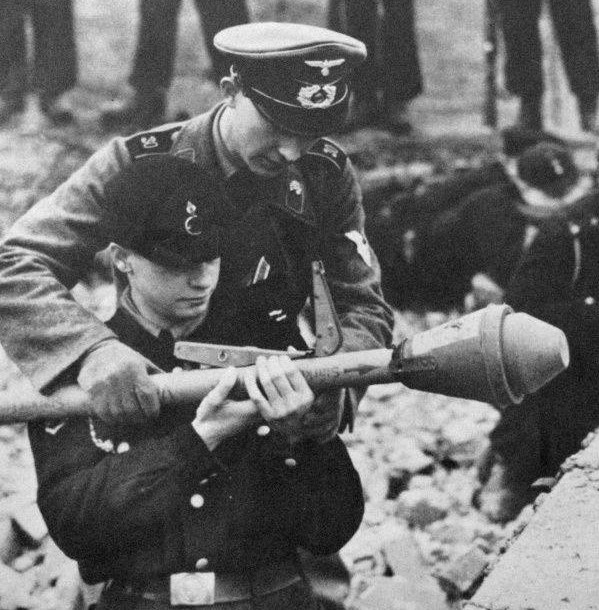
No doubt, the fight against heavy German tanks caused huge problems for all allies. In Great Britain and the United States, this was partially solved by the advantage in the air, when a large part of the enemy's tanks were destroyed by aircraft, although from D-Day to the end of the war, the Allies lost during tank duels more than 3 thousand M4 Sherman tanks.
In general, the USSR went through a critical lack of anti-tank defense, considering the inability of the 45-mm gun to perform its tasks, anti-tank rifles, molotov cocktails and grenades. And only in 1943-44 they achieved effectiveness in the matter of anti-tank defense in the form of tactics, an illustration of which is one battle studied in detail.
We are talking about the first episode of combat with Pz VI Ausf. B "Royal Tiger" tanks: battle near Oglendów (Poland) on August 13, 1944. It is well documented and commented on by participants themselves.

Then the Soviet army captured the bridgehead across the Vistula in the area of Sandomir, and German forces actively tried to eliminate it. Approximately in the middle of the bridgehead, 45 km long and up to 25 km deep, first near Szydluv, and then rolling back beyond Oglenduv, the 53 Guards Brigade held the defense, which has been repelling attacks reinforced by the Pz V Panther tanks for several days in a row.
The new line of defense had only one tank-dangerous direction in the form of a hollow where the road ran along. Other options included fields where the Panther lost maneuverability and impassable swampy terrain. Therefore, the command of the 53rd brigade concentrated anti-tank defense precisely on the exit from the hollow.
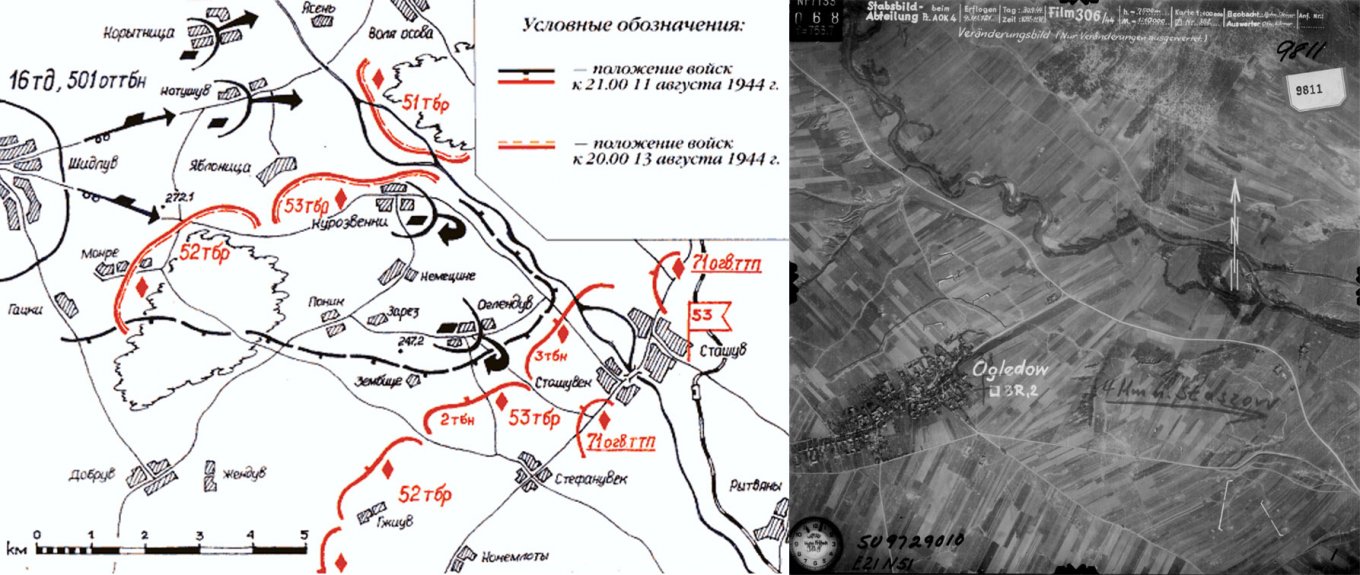
And her organization embodied all the experience that had been gained by blood over the years. In particular, "teasing tanks" were put forward, the role of them was to open fire first and force the enemy to distract the main forces so that it was possible to strike the tank side. This was extremely important, since the practice showed that for anti-tank guns it was the only option to successfully hit the enemy.

And the main defense forces in this battle, although they differ according to different sources, were several dozen barrels: 76-mm anti-tank guns, T-34-76 and T-34-85 tanks, Su-85 and ISU-152 self-propelled guns, which were at the disposal of the 53rd brigade, the 185th howitzer and 1645th light artillery regiments, the 1893rd self-propelled regiment and the 358th army regiment, the 71st guards heavy tank regiment with 11 IS-2 and one IS-85 was also in the rear.
But the exact number of means of anti-tank defense in this particular area is unknown. Moreover, there was no accurate information that the newest Royal Tigers would attack. And this anti-tank defense was designed to fight the Panthers, although it was the Royal Tigers of the famous 501st heavy tank battalion that went on the attack at around 7 in the morning under the cover of fog from the Oglenduv side. And they were moving right along the hollow and into the trap.
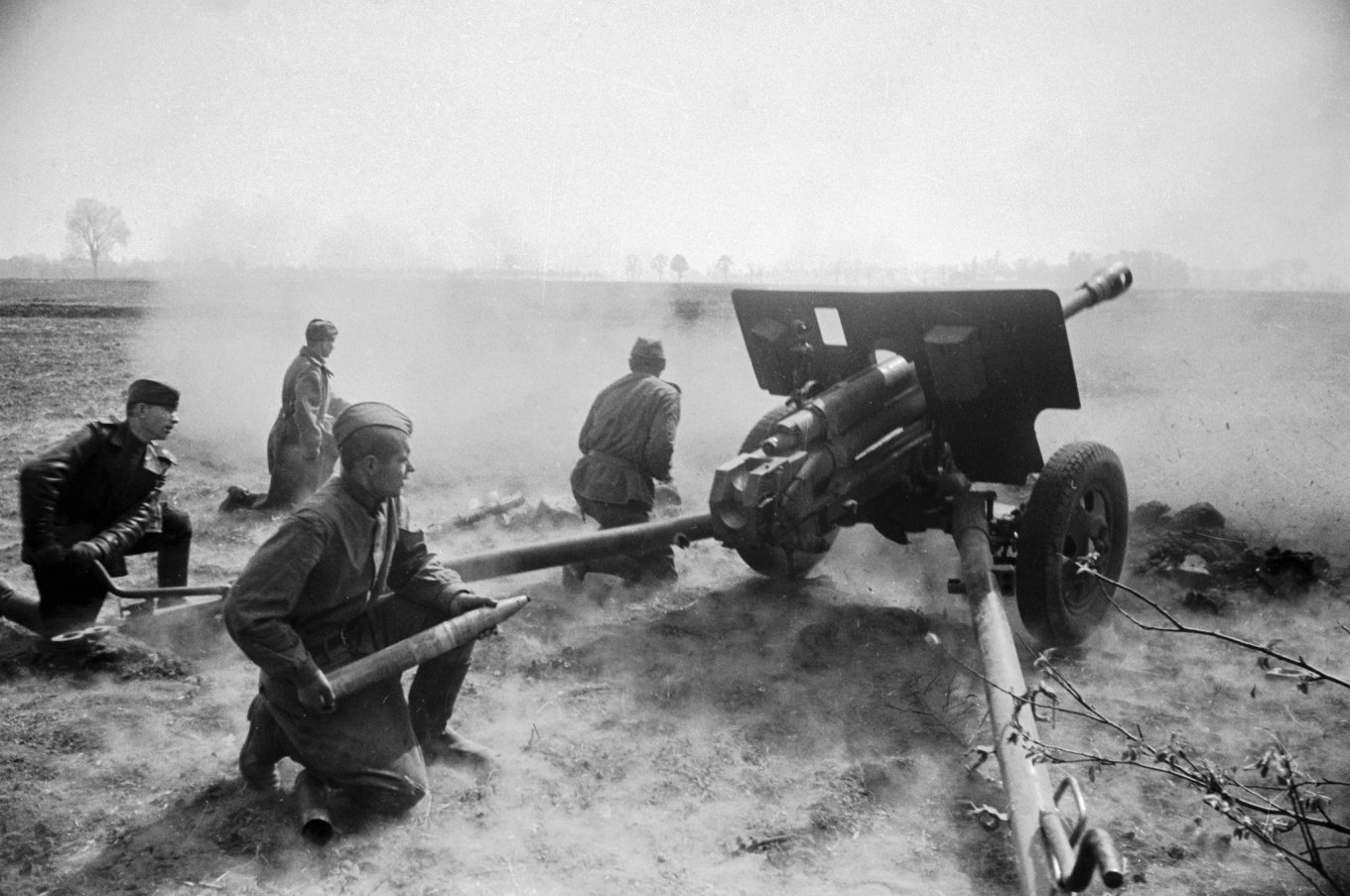
In total, 11 or 14 vehicles participated in this attack by the Germans. When the third of them came out of the hollow, two "flirtatious" tanks opened fire from the flank and started hitting the side from a distance of 400 meters. According to the memories of the crew commander of one of these T-34-85, V.S. Arkhipov, from this distance it was possible to hit three tanks, but then others came out and deployed in their direction.
And then the main forces opened fire, described as "three dozen barrels from 76 mm to 152 mm, howitzer fire of divisions and assault aircraft." This battle is quite often cited, but its results remain vague in terms of the number of enemy vehicles destroyed.
"Who hit and how many - the question is difficult, since the tankmen of two battalions - Mazurin and Korobov - were also firing, and we were provided with two artillery and two self-propelled artillery regiments. The assault aircraft also worked well, and not only in our field of vision, but also beyond its borders," Arkhipov recalls.
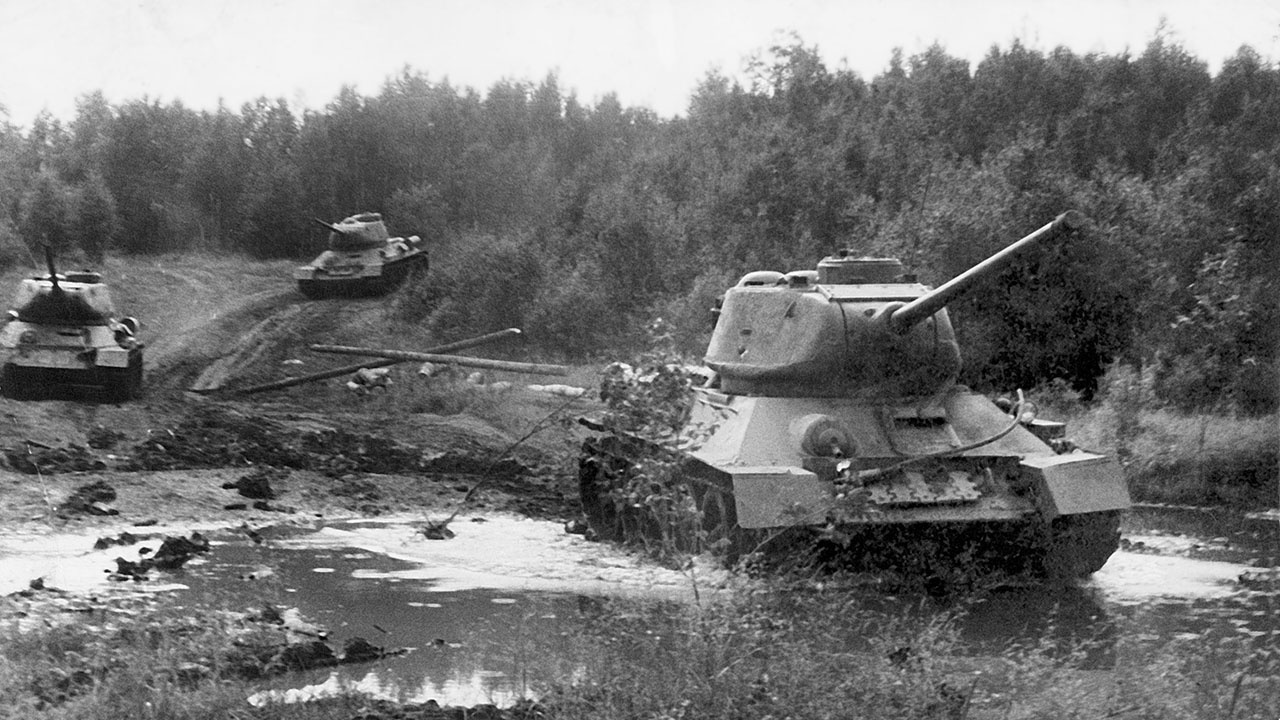
But then memories appear that a few days later, when Oglenduv and Szydluv were recaptured, Royal Tigers were trophied, which were identified as a new tank at that time. Before that, they had believed that they were fighting with the Pz V Panther. And in the combat documents of the 53rd brigade, the losses of the enemy in the morning attack were recorded precisely as "three Panthers". In general, the number of declared destroyed Royal Tigers in all battles in this area, both captured and destroyed, is 13 units of this type. That is, even concentrated dagger fire of all calibers gave a result far from crushing.
And it was not a failure. Because another revealing episode in these battles happened near Szydłów, when German tanks in the number of 35 units, designated as Royal Tigers, were ambushed by two batteries of 76-mm anti-tank howitzers. At the same time, they were fired at from three sides, including the stern from a distance of up to 400 meters. Historiography mentions that six tanks were knocked out then, but it is noted that the Germans, having crushed two anti-tank guns with tracks, withdrew from the battle, and therefore "the attack was repulsed."
And it should be noted that quite often in every German tank, especially Pz IV, Soviet fighters saw Tigers, in every self-propelled gun they saw Ferdinands, and after the appearance of Royal Tigers they were quite often confused them with Panthers. Therefore, it is possible that the Pz V Panther was ambushed then.

But the situation itself, when it was necessary to concentrate all available means, including 152-mm howitzers, to repel the attack of heavy tanks, is extremely revealing. And it is very far from the myths that are currently being created in russia. At the same time, the allies used exactly the same tactics, concentrating the fire of all available means on one German tank.
But is it possible to repeat something like this now: to place "flirting tanks", tightly concentrate anti-tank means and wait for the targets to come within dagger distance? With the availability of drones, thermal imagers and modern information systems, as well as the rule that tanks never attack on their own, it is doubtful.
That is why russians are trying to invent new myths that snipers and machine gunners are capable of combating Western tanks, which is as effective as the MT-12s anti-tank howitzers that are brought to the front en masse.
Read more: Joke Went Too Far, or Why russians Would Add Era Modules on Top of Their T-72 Tank




